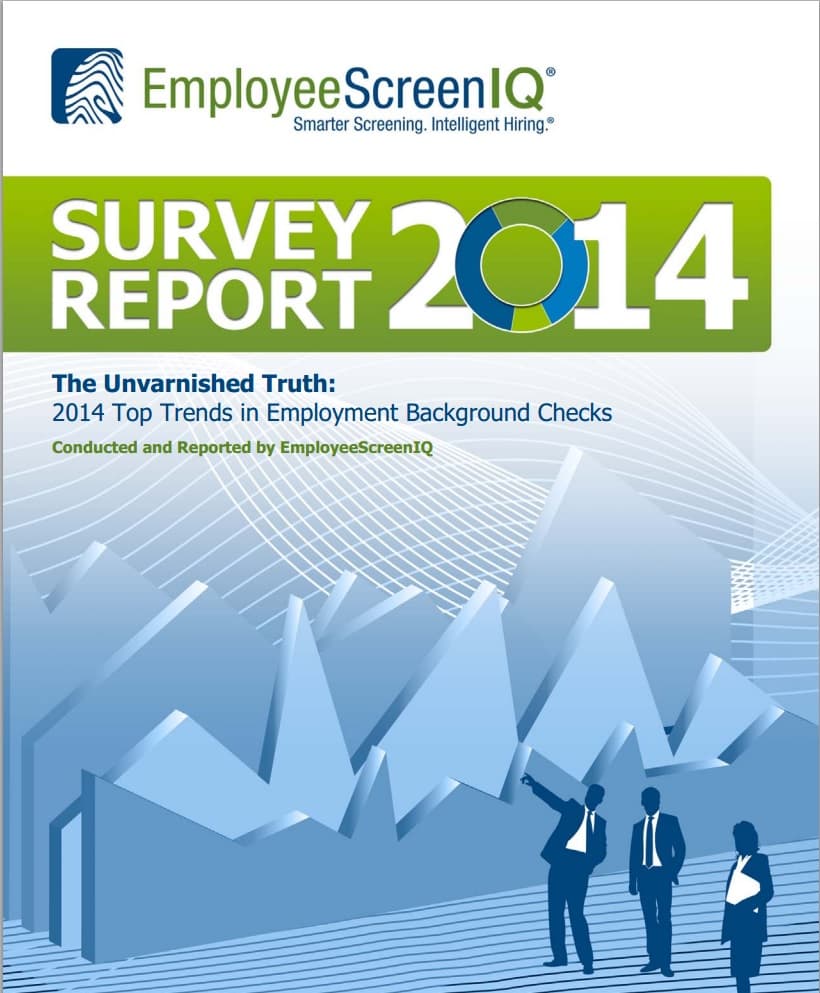Editor’s Note: Sometimes readers ask about past TLNT articles. That’s why we republish a Classic TLNT post every Friday that some of you have requested.
In survey after survey after survey, termination troubles top the list of employment law issues that freak you out.
Well, freak no more. Here are some of our patented termination tools and tips to help make your terminations as painless and humane as possible.
We’ll start today with our official – Top 11 Termination Troubles.
Our list of 11 termination troubles
(Please note: Most Top 10 lists only go to 10. Ours go to 11. We reallllly want you to get your money’s worth.)
- No. 11 — Not telling the real reasons. Always always always tell the truth. It doesn’t do you or the departing employee any favors if you either (1) sugarcoat or (2) over-exaggerate the reasons for the termination. Either approach can kill your case in court.
- No. 10 — Poorly planned termination meeting. As the saying goes, if you fail to plan, you plan to fail. Later this week, we’ll give you everything you need to have a successful meeting.
- No. 9 — Ignoring your own policies and employment contracts. Judges and juries hate it when you do that. Review any potentially pertinent policies and contracts before you even thinking about terminating someone.
- No. 8 — Bad post-termination communication. Communicate on a need-to-know basis and keep things as simple as possible, knowing that every word you say could end up as evidence.
- No. 7 — Ignore past practice at your peril. Make sure you know how the company has handled any comparable terminations in the past. Failure to be consistent can lead to discrimination claims.
- No. 6 — Reacting out of emotion instead of facts. Emotional reactions can lead to bad decisions. Take a deeeeep breath and ensure that all your terminations are based solely on provable facts.
- No. 5 — Not getting a release. Getting a signed release waiving any and all employment claims is key, particularly if you’re giving a departing employee $$$ on the way out. They just might use that $$$ to pay a lawyer to sue you.
- No. 4 — Inadequate documentation. Document, document, document. When I was in private practice, I was often shocked by (1) how little documentation my clients had; and, (2) how many piles of stuff plaintiffs had. If it ain’t documented, it didn’t happen.
- No. 3 — Considering non-job-related factors. If it ain’t job-related, it ain’t job-related. Decisions based on anything that isn’t clearly related to the job are just begging for litigation.
- No. 2 — Not treating employees with dignity. Treat departing employees the way you’d like to be treated: with dignity, kindness and respect.
- No. 1 — Not firing someone who should be fired. Too many employers drag their feet when it comes to terminations which can end up hurting morale and costing far more in the long run.
This was originally published on Manpower Group’s Employment Blawg.
